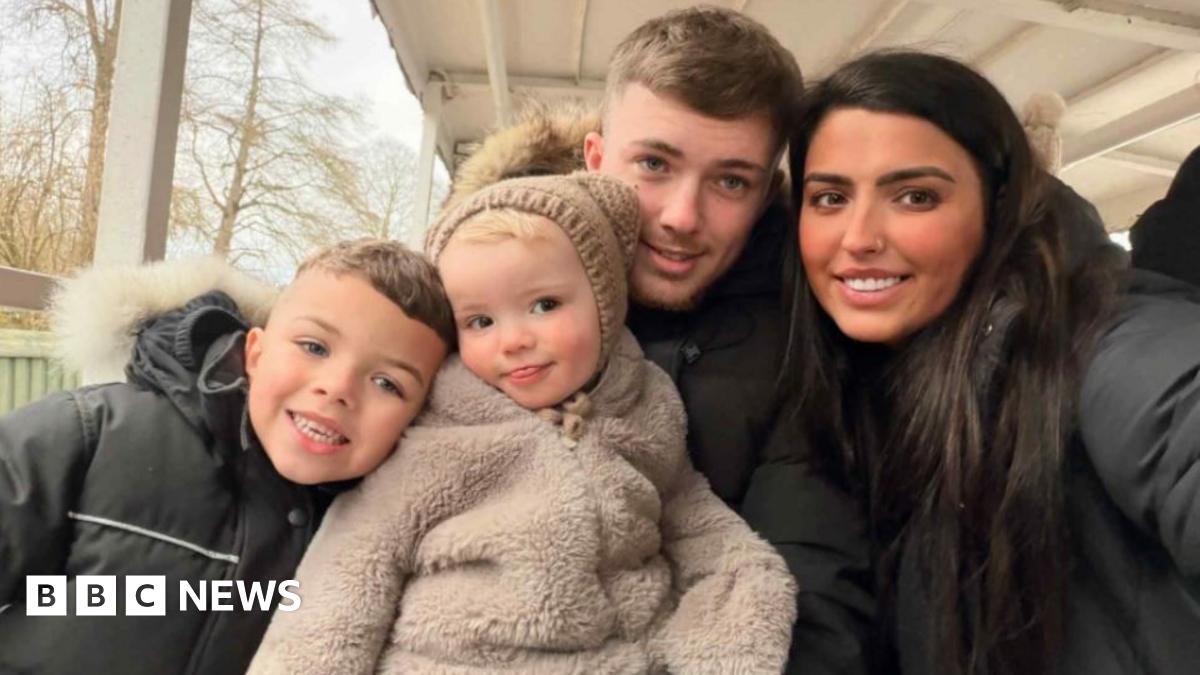In the summer of 2025, a massive 8.8-magnitude earthquake struck off the coast of Russia’s Kamchatka Peninsula. While that is not one of the five largest earthquakes ever recorded, that is still impressively powerful. That earthquake triggered a…
Blog
-

B-CU Softball Releases 2026 Schedule
DAYTONA BEACH – The Bethune-Cookman Wildcats have officially released their 2026 softball schedule. The schedule…
Continue Reading
-

On Tap: Day 1 of 2026 World Junior Championship
Friday is the first day of the 2026 IIHF World Junior Championship, which is being held in Minneapolis and St. Paul, Minnesota.
On Tap for Day 1
All games on NHL Network in U.S., TSN in Canada
Sweden vs. Slovakia (1 p.m. ET) — Sweden, which…
Continue Reading
-

UTSA set to face FIU in SERVPRO First Responder Bowl – UTSA Athletics
Game #13
SERVPRO First Responder Bowl
UTSA Roadrunners (6-6)
vs.
FIU Panthers (7-5)
7 p.m. | Friday, Dec. 26
Gerald J. Ford Stadium | Dallas, Texas
Series History: Tied, 2-2
Last Meeting: UTSA 30, FIU 10 (10/14/22 • Miami, Fla.)OPENING DRIVE
- The…
Continue Reading
-

What To Watch In The Seahawks’ Week 17 Game at Carolina
2. If it comes down to it late in the game, which clutch quarterback comes through?
A big reason why the Seahawks were able to come back and win last week’s game in overtime was the play of quarterback Sam Darnold down the stretch….
Continue Reading
-

Screen time over Christmas – how much is acceptable?
For other families, screen use is not a matter of preference but a medical issue.
Suzanne and her husband, Craig, from Sully in the Vale of Glamorgan, say their perspectives shifted dramatically after their daughter, Amayah, was diagnosed with…
Continue Reading
-

Ivory Coast vs Mozambique LIVE: AFCON result, match stream and latest updates today
Ivory Coast have since booked a first World Cup berth since 2014 under Fae, winning all 10 of their qualifiers without conceding a single goal. Now they head to Morocco looking to achieve that rare feat of successfully defending an AFCON title,…
Continue Reading
-

Jon Gaines II Educating Cardinals On What He Can Bring To Offensive Line
The Gaines brain gives the Cardinals a second center in the game, aside from Froholdt. Offensive coordinator Drew Petzing noted that, especially when the Cardinals are on the road and operating with a silent count, Froholdt’s eyes aren’t…
Continue Reading
-

NBA Fantasy: Week 10 waiver wire adds
In his second game back from injury, Sam Merrill posted 22 points, six rebounds and seven assists.
The fantasy basketball waiver wire continues to be shaped by injuries, unexpected breakouts and shifting rotations as December rolls on. Several…
Continue Reading
-

Christmas Day NHL hockey memories as evergreen as mistletoe
There’s little chance Mr. Hockey will ever be topped for that total, or have his record passed for most career Dec. 25 goals (12) and points (24). That’s eight points ahead of the 16 (10 goals, six assists) of second-ranked Frank Mahovlich,…
Continue Reading
